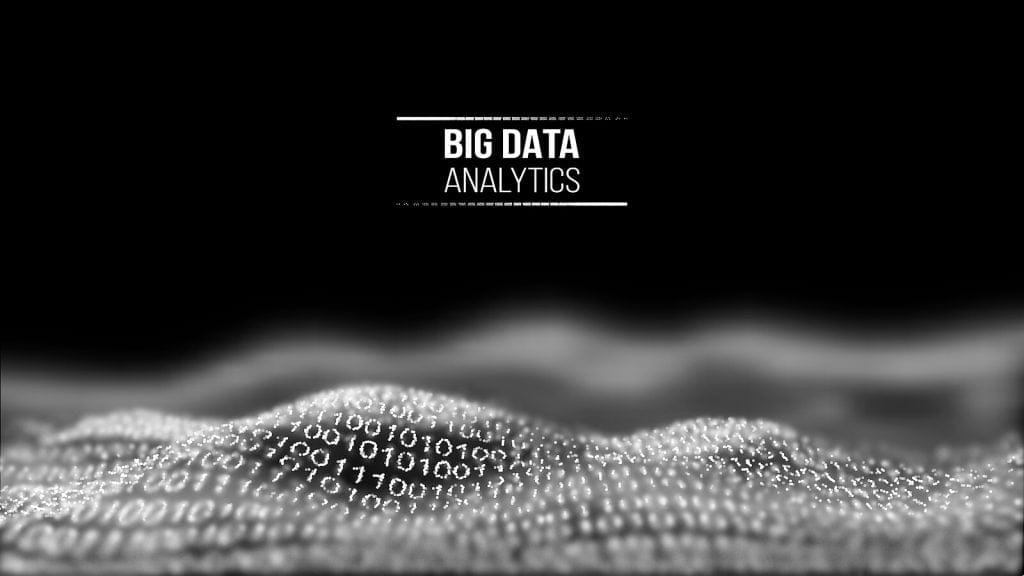The development of Internet of Things (IoT) devices has resulted in vast quantities of data during the past decade. Various big data, IoT, and analytics technologies have made it possible for users to get significant insight into the vast amounts of data created by IoT devices. However, without the ability to analyze the data, they are of little value. Although these solutions are relatively new, there is a lack of a comprehensive assessment of the field. In this article, we will discuss the link between big data analytics and the Internet of Things.
Overview of IoT
These last few years, mobile devices, transit facilities, public facilities, and household appliances have become data-gathering equipment for the Internet of Things (IoT), a new trend. IoT provides a framework for sensors and devices to interact efficiently in a smart environment, and it facilitates information exchange across platforms. Custom IoT solutions enable different companies to create connected environments to capture and analyze data generated by sensors on such physical objects.
The Internet of Things (IoT) network connects all electronic devices used in daily life and allows them to be managed remotely. Depending on where they are located, these devices may collect a wide range of data, such as environmental and logistical data.
What is Big data?
In addition to sensors and devices, data can originate from various software programs and digital devices, such as social media platforms such as Facebook or Twitter.
Traditional database systems are inefficient when they perform complex tasks such as storing, processing, and analyzing large amounts of data (or big data). The volume of structured, unstructured, or semi-structured data generated by these sources, on the other hand, is steadily rising. As a result of this huge data production, we have “big data.”
Big data can be divided into three aspects:
- Data source
- Data analytics
- The presentation of the results of the analytics.
Big data analytics
Analyzing big data includes exploring and mining databases to enhance business performance. In big data analytics, enormous datasets, including various data kinds, are analyzed to discover previously unknown patterns such as consumer preferences and other relevant business data. An organization’s capacity to evaluate huge volumes of data can assist it in dealing with important information that could harm its operations. Defined in this way, big data analytics’ primary goal is to help businesses better understand their data and make better decisions.
Using big data analytics, data miners and scientists can examine a vast volume of data that would otherwise be unusable using standard techniques. Massive amounts of structured, unstructured, and semi-structured data must be transformed into a more understandable data format and metadata for analytical processes using big data analytics technology and tools.
Relationship between IoT and big data analytics
Analytics of big data is quickly becoming one of the most essential IoT initiatives for improving decision-making. On the Internet of Devices, one of the most significant aspects is analyzing data about linked things. With the Internet of Things, big data analytics demands analyzing a substantial quantity of data on the go while also storing the data in several different ways. For big data projects to be successful, companies must quickly analyze and make choices based on massive amounts of unstructured data acquired from web-enabled devices. Sensors and actuators are interconnected, allowing information to be shared across platforms through a single architecture and a common operational picture to be developed, enabling novel applications.
In IoT applications, there is a clear need to incorporate big data. These two technologies are already well-known in the IT and commercial worlds, respectively. These technologies are linked and should be developed together, even though the growth of big data is behind. Big data analytics may be applied and developed when IoT devices are deployed since they increase the amount of data in terms of quantity and kind. En outre, IoT research and business models are accelerated by using big data technology. The following graphic illustrates the connection between IoT and big data.
Source: https://www.researchgate.net/publication/316240052_Big_IoT_Data_Analytics_Architecture_Opportunities_and_Open_Research_Challenges
Example of Data analytics in IoT systems
Among the IoT application use cases, smart metering generates a huge quantity of data from many sources, including smart grids, tank levels. Decision-makers may collect and analyze data from smart meters in an IoT context to anticipate power usage.
An IoT-based smart transportation system intends to promote the notion of smart cities. One of the main goals of smart transportation is to use powerful and modern communication technology to govern smart cities.
With the help of IoT sensors and gadgets, a smart traffic light system keeps an eye on the presence of automobiles as well as bicycles and pedestrians. Using the IoT data gathered by the system, real-time analytics processing is required to perform necessary. Smart traffic lights can change the timing cycles based on traffic conditions. Moreover, they can also send signals to nearby traffic lights and recognize vehicles that use IoT sensors and devices to prevent long queues or accidents.
Final thoughts
IoT and big data development are advancing rapidly, impacting all technology and business sectors and increasing the advantages for both enterprises and people. Increasing amounts of data generated by IoT systems have played a key role in the big data environment, promising to expand the capabilities of existing IoT systems.

